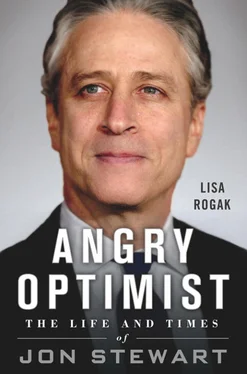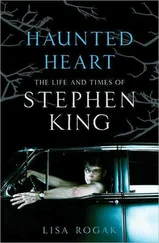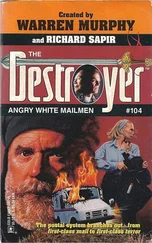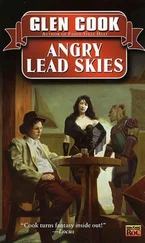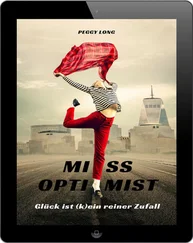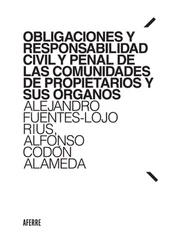The Daily Show take: “It’s the Jewish Day of Atonement,” said Stewart. “I don’t know how many days of fasting can get you out of trying to bang sixteen-year-olds. My guess is at least three days. Even after that, probably a month of salads.”
Colbert, on the other hand, said that the media had gotten it all wrong about Foley, explaining that “stud” really stands for “Strong Teenager Using Democracy” in text-message shorthand, and that “horny” is short for “Happy On Reaching New Year’s.”
“Every January first,” he said, “that is the message I send to my buddies at Stephen Colbert’s Youth Camp for Young Studs: ‘I am incredibly horny.’”
Because Stewart serves as executive producer for The Colbert Report, he also reviews scripts for both shows before nailing them into the schedule. “He looks at our scripts, and helps us to see where to find the most fruit,” said Colbert. “His instincts are maddeningly good, and I don’t recommend going to the mat with him over a comedic idea. We actually talk way more now than we did when we worked together, because I now understand how difficult his job is, to executive produce and then to be the ultimate writing voice of everything that gets said. I need someone’s advice, so I call fairly frequently.”
While this frenzy is going on, part of the staff is out in the field working with correspondents to tape their segments, or working on projects that take longer to produce. According to executive producer D. J. Javerbaum, despite the luxury of time that these projects have, very often they’re just not as funny as the pieces done on the fly in a matter of hours. “Pieces thrown together in twenty-four to forty-eight hours often come out better than the ones you plan more,” he said.
Writers, researchers, and producers will pop in and out of Stewart’s office right up until rehearsal begins at four o’clock. First there’s a rough rehearsal where the writers, producers, and Stewart are listening and still tinkering with each word, image, prop, and nuance. Then they run through it again.
“In the studio, you do one rough run-through, where you’re bad and you flub your words and then squeegee the sweat off your eyebrows and do it again,” said Lauren Weedman, who worked as a correspondent from 2001 to 2002. “The first one is a stumble-through, and it is petrifying.”
“There are definitely moments in rehearsal where we go, ‘Wow, that’s a little strident, we might want to dial that down a bit,’” Stewart admitted.
“Very often it feels like you’re doing the five or eleven o’clock news because things are changing so rapidly and Jon wants to go as close to six o’clock as possible,” said director Rob Feld. “Once he puts that suit on at a quarter to four, he’s in show mode, and everybody feeds off that. It’s not live but you don’t want to screw up because he’s sitting in the chair and you don’t want to have to do the joke twice [during taping] since the audience has already seen it. You want to do your best for him because he’s bringing his triple-A game every time.”
After the rehearsal ends, a feverish flurry of rewrites ensue, and then, no matter what kind of shape the script and performers are in, the audience begins to file into the studio around 5:30; some people have waited outside the building on line since the morning. A warm-up comedian will spend fifteen minutes or so cracking jokes and prompting the audience on protocol—no talking, texting, or Tweeting on cell phones, no recording the show, and no photographs—as well as the proper way to laugh: outwardly, not the snickering way you might laugh at home while watching the show. And just before the cameras start to roll, Stewart walks onto the stage and takes a few questions from the audience: “You can ask me anything you like, and I will answer you facetiously” is his standard introductory line. During the Q&A session—which can last ten to fifteen minutes—audience members ask everything from how many researchers he has on staff to his honest thoughts about Bill O’Reilly. Occasionally someone will go on a tear about conspiracy theories, but there are a bevy of staffers in the aisles specifically used to cut these rants short.
The show zooms by, and by the time that “Your Moment of Zen” runs, the editors have already begun to cut and shape the episode into a cohesive whole. Stewart runs through a brief postmortem with the staff, which elicits typical comments.
* * *
Not everyone can handle the pressure of what is required to make each show, let alone deal with the exacting standards of Stewart. While many staffers have quit due to the pressure over the years, others have decided to leave because of Stewart himself, who “is a man of very high and almost impossible expectations at times, but we try to meet them because we love the guy,” stage manager Craig Spinney cagily replied to a question about his boss’s demeanor behind the scenes.
“It’s a harsh work environment,” said Havlan.
For his part, one way in which The Daily Show does take after traditional news broadcasts is that the role of the anchor is not only to deliver the news but to act as a kind of managing editor in the staff structure.
“The last thing I think about is performing,” said Stewart. “It’s all about the managing, editing, and moving toward showtime.”
Even though the daily deadline could be crushing at times, Stewart admitted that being a fake news show means their deadlines are more loosey-goosey than in a straight news show, while also helping to provide the unique Daily Show twist to a story.
“It’s been exciting to see fake news catching on like that,” he added. “We don’t make things up, we just distill it to hopefully its most humorous nugget. And in that sense it seems faked and skewed just because we don’t have to be subjective or pretend to be objective. We can just put it out there.”
Despite what others say of his exacting standards, Stewart claims he’s perfectly at home delegating much of the responsibility for getting the show on the air to his staff. “I can literally show up at five o’clock pretty drunk, and as long as the show is spelled out phonetically on the prompter, I’ll do OK,” he said. “I just have to face in the right direction.”
After the frenzy and intense focus required to create, edit, and polish a completed twenty-two-minute show every day, the aftermath of the rehearsal and taping before a live audience allows Stewart to let his hair down. After all, the hard work is basically done by the time five o’clock rolls around.
“A lot of times, Jon goes through rehearsals with his feet up on the desk,” said Havlan.
After providing the framework and general guidelines to the writers, editors, and correspondents, Stewart treats them the same way that Comedy Central treats The Daily Show : he gives them a very long leash. “Jon taught me how to do [political comedy] so it would be smart,” said Colbert. “He encouraged everyone to have a point of view and there had to be a thought behind every joke.”
Though the planning, writing, and rewriting can be killer, one feature that Stewart calls the one-to-one is almost too easy. “I’m sure that guy fucking said the exact opposite thing six months ago,” Stewart or a staffer will say in response to a quote from a politician or celebrity in a recent news story. Then a writer or production assistant will be off and running, assisted by TiVo to find the opposite quote that they’ll run back to back. “If you can get a one-to-one with a guy saying the exact opposite of what he said today, then you… giggle.”
While he heaps accolades on top of accolades when it comes to his staff, Stewart has a particular regard for his executive producer Ben Karlin, who came to the show from The Onion , though they do have stylistic differences when it comes to humor. If anything, Karlin’s brand of humor is harsher and more pointed while Stewart prefers to concentrate on the precise combination of words and jokes that will bring the biggest laugh from the audience.
Читать дальше
